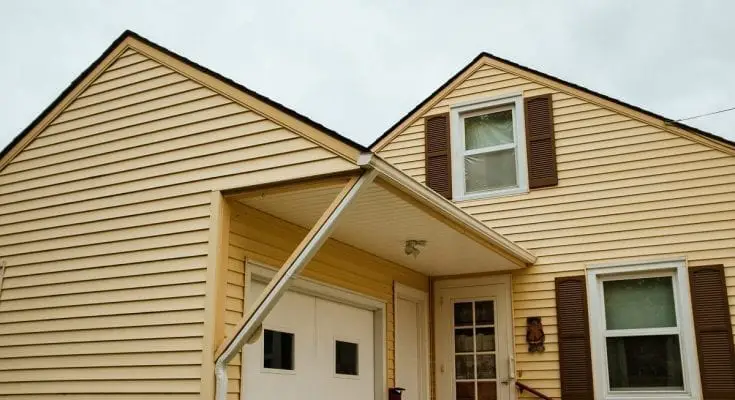PVC or vinyl covering is the sworn enemy of linoleum, which until then had no real competitor.
It is a flexible floor covering which has many advantages, in particular its particularly attractive price.
So should you choose PVC for the floors of your home?
I will give you some answers, and I will tell you all about plastic floors that you can name vinyl or PVC.
Manufacturing method
Plastic floors are made from polyvinyl chloride.
We can differentiate vinyl siding installation from PVC by the manufacturing method.
The first is designed by coating, the raw material is then applied to a support, and the PVC is manufactured by calendaring, that is to say, the material is flattened between two rollers.
In the end, it is the same product, with the same properties and therefore PVC and vinyl now design exactly the same products.
Different formats
There are different solutions for laying PVC floors.
The rolls are often the cheapest; they are offered in several widths, 2, 3 or 4 meters. They are more difficult to install and you will have to buy glue. There are also self-adhesive parquet boards.
It is still plastic, but this time we imitate wood and parquet to give a more rustic or modern appearance depending on the design and finish of the patterns.
Finally, tiles, which are also self-adhesive, generally imitate tiling.
Vinyl, like lino, very often tries to pass itself off as something else, and visually we get an effect that we would have very often had a hard time affording by choosing the real materials.
There are also quality differences in all of its formats. Class 21, Class 22 and Class 23. Class 21 is the most fragile and is intended for moderate use.
Class 22, more solid, allows normal use, and finally, class 23 is the most robust and offers the possibility of intensive use.
It seems to me that for a home, we should always choose class 23, which will keep our soil much longer TBH.
The advantages of PVC coating
It is very resistant, whether it is to dust, stains or moisture.
It can easily be fitted to any room in the house, even if the planks or tiles will not be suitable for a bathroom or kitchen. Indeed, a surplus of water on the ground can end up loosening them if the water infiltrates between the joints. Upstairs, PVC considerably reduces sound, especially footsteps and impacts.
It is considered that a vinyl floor is 10 times less noisy than a hard floor such as parquet, tiles or concrete. It is a comfortable floor, it is never cold, and it can be thick and therefore pleasant to the touch. Some extra thick PVC coverings are designed to secure a nursery or the home of an elderly person who may fall victim to injury. It looks great as well and you can make your friends see HIFW they have FOMO looking at the GIF and MEME of your home on TikTok, Twitter, or Instagram.
Difference from lino
These two soils have more or less the same properties. The only difference comes from the manufacturing composition. Lino is more expensive, but it is 100% natural. We can therefore consider that PVC is not ecological, nor healthy. nIt’s also a material that’s less durable, and it won’t last as long. On average, a PVC coating will have to be changed every 20 years, while lino can remain in place for more than 50 years.
Maintenance of PVC coating
PVC has low resistance to chemical solvents. It is therefore necessary to clean with a relatively mild product. It will be necessary to dust with a vacuum cleaner rather than with a broom, because it is an antistatic material. So dust does not fly which is good, but the broom is not very efficient. Anyway, maintenance is ultimately very simple provided you have the right equipment.
Price of a PVC coating
Prices vary greatly depending on the thickness of the floor, its finishes, its class and the format (tiles, planks or rolls). The rolls are cheaper, prices start at 2 € per m2, but then you have to buy the glue, the transport is more complicated, and the installation also. Planks and tiles are offered between 5 and 50 € per m2, however, there is no need for glue and you can easily transport them on your own.
How do I maintain PVC coating?
PVC has low resistance to chemical solvents. It is therefore necessary to clean with a relatively mild product. It will be necessary to dust with a vacuum cleaner rather than with a broom, because it is an antistatic material. So dust does not fly which is good, but the broom is not very efficient. Anyway, maintenance is ultimately very simple provided you have the right equipment.
How is PVC different from linoleum?
These two soils have more or less the same properties. The only difference comes from the manufacturing composition. Lino is more expensive, but it is 100% natural. We can therefore consider that PVC is not ecological, nor healthy. nIt’s also a material that’s less durable, and it won’t last as long. On average, a PVC coating will have to be changed every 20 years, while lino can remain in place for more than 50 years.



